Lancashire Heeler
Ormskirk Heeler
 akc
akc fci
fci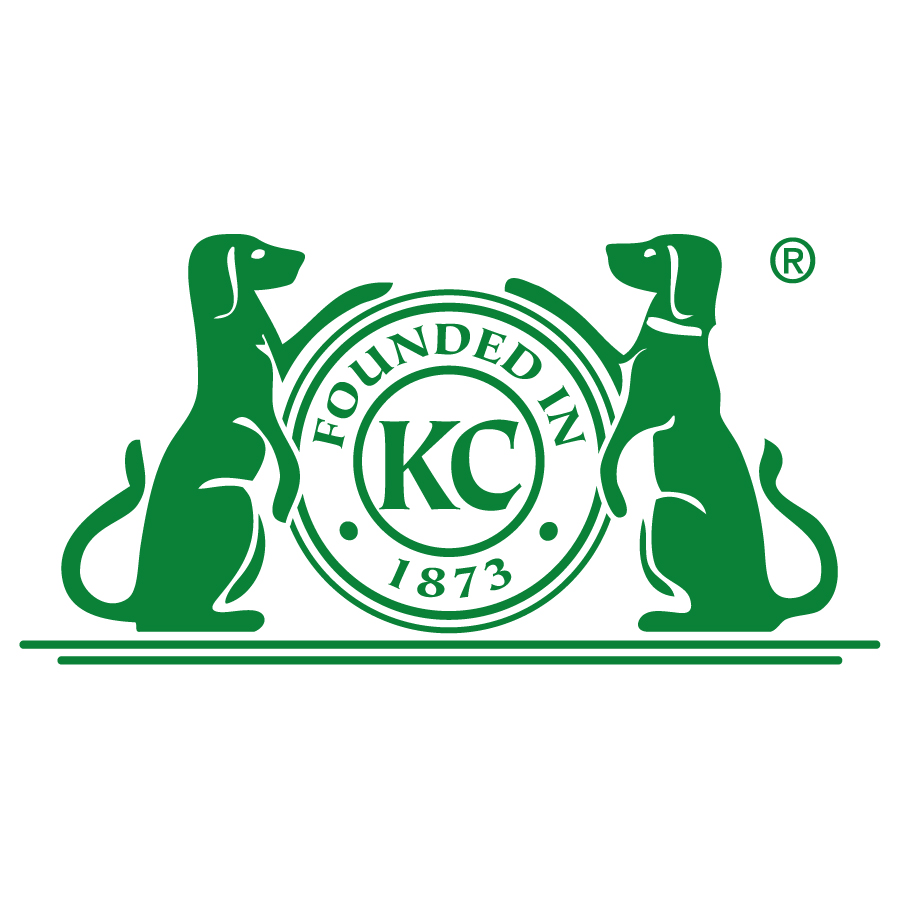 rkc
rkc ukc
ukc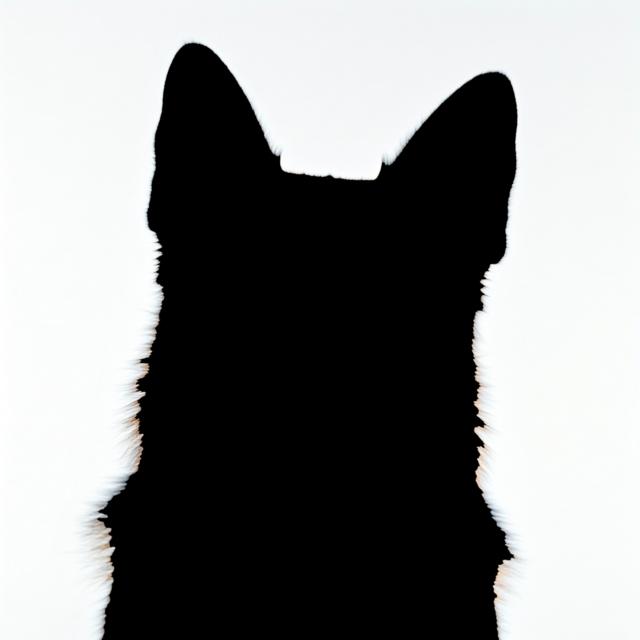
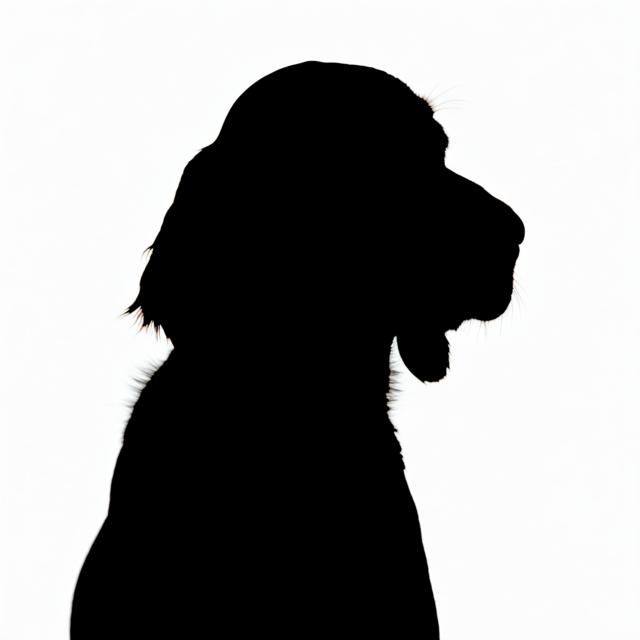
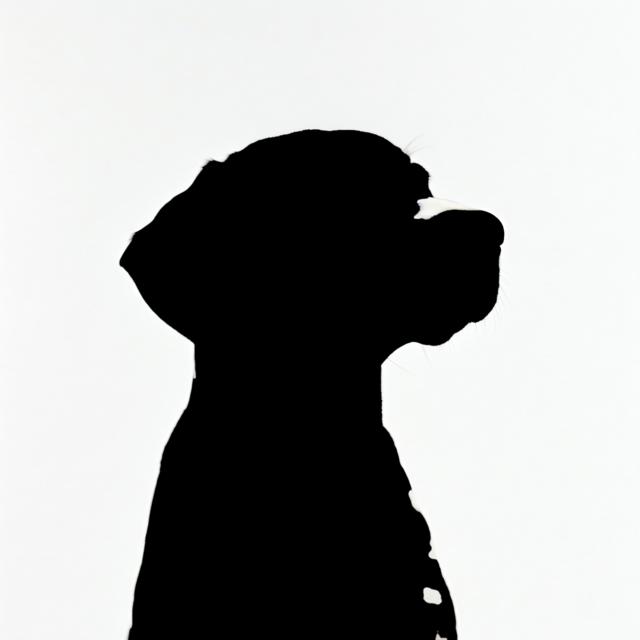
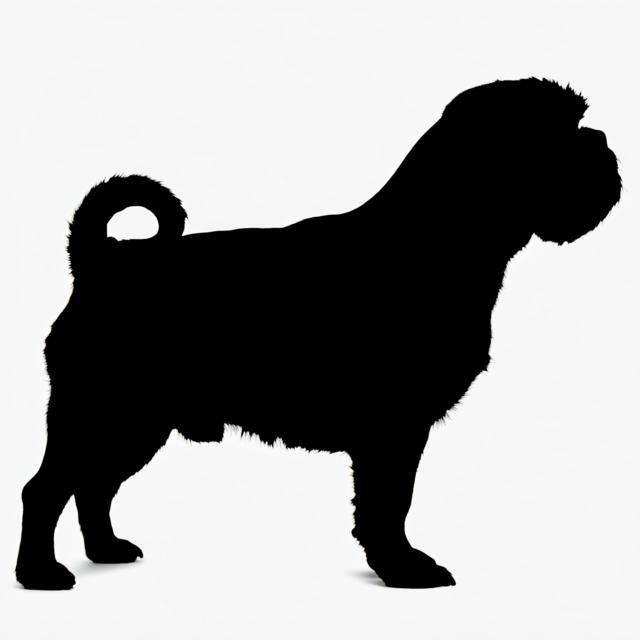
Summary
- The Lancashire Heeler is a small, energetic herding breed from England known for its loyalty and intelligence. They require a firm, experienced handler and plenty of exercise.
Origin and Purpose
- Developed in Lancashire, England for herding cattle, sheep and other livestock.
- Also used for ratting.
Appearance
Dimensions
| Gender | Height | Weight |
|---|---|---|
| Female | 10-12 inches | 13-18 pounds |
| Male | 10-12 inches | 13-18 pounds |
Coat
| Attribute | Notes |
|---|---|
| Color |
|
| Type |
|
| Length |
|
Care
| Attribute | Notes |
|---|---|
| Shedding |
|
| Grooming |
|
| Drooling |
|
Body
| Attribute | Notes |
|---|---|
| Head |
|
| Skull |
|
| Ears |
|
| Eyes |
|
| Nose |
|
| Muzzle |
|
| Teeth |
|
| Neck |
|
| Forequarters |
|
| Fore Legs |
|
| Hindquarters |
|
| Hind Legs |
|
| Feet |
|
| Tail |
|
| Gait |
|
Temperament
- Intelligent
- Loyal
- Alert
- Energetic
- Independent
- Wary of strangers
Social
| Attribute | Notes |
|---|---|
| Affectionate with Family |
|
| Good with Children |
|
| Good with Dogs |
|
| Good with Cats |
|
| Openness to Strangers |
|
| Playfulness Level |
|
| Protective Nature |
|
| Adaptability Level |
|
Working Roles
- Herding
- Ratting
- Companion
Exercise Needs
- High
Health
- Generally healthy, but prone to some genetic conditions such as Collie Eye Anomaly (CEA) and Primary Lens Luxation (PLL).
Additional Notes
- Requires a firm but fair handler and early socialization.
- Can be prone to barking if not properly trained.